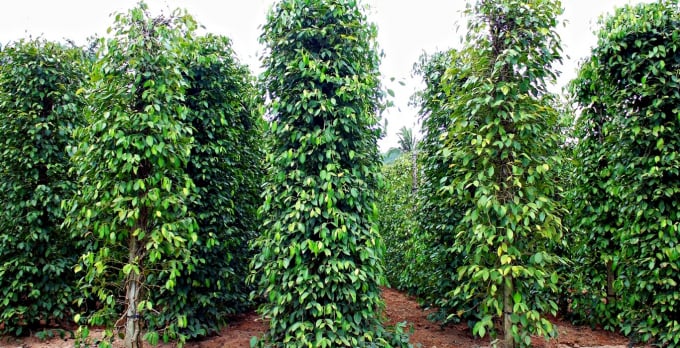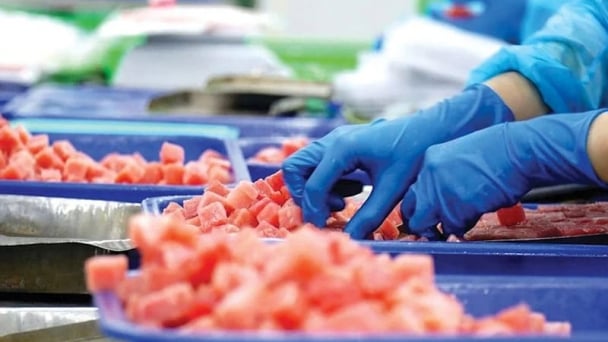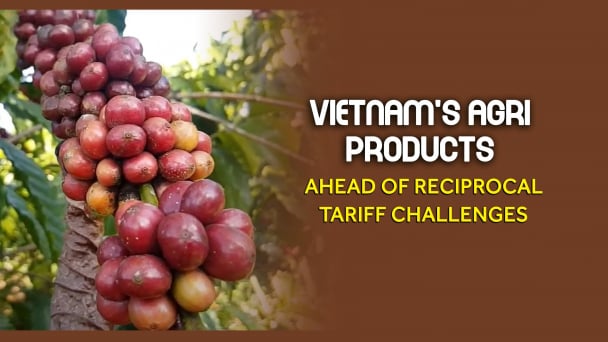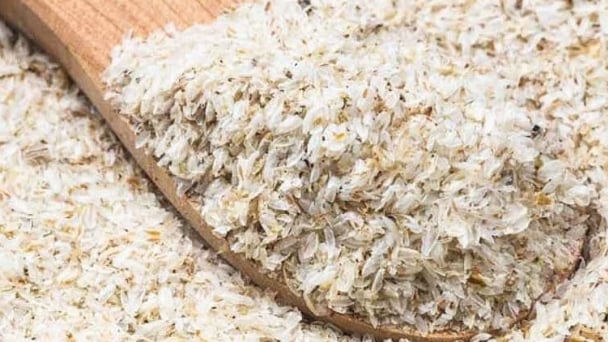May 28, 2025 | 20:55 GMT +7
May 28, 2025 | 20:55 GMT +7
Hotline: 0913.378.918
May 28, 2025 | 20:55 GMT +7
Hotline: 0913.378.918

Pepper imported from Vietnam gains more market share in Russia.
According to the Russian Federal Customs Service, during the past ten months of last year, Russia imported 8,140 tonnes of peppers worth US$19.66 million, down one per cent in volume and 5.1 per cent in value compared with the same period of 2019.
The average price of imported peppers to Russia during the past ten months of last year was US$2,415 per tonne, a decline of 4.1 per cent compared with that of the same period of 2019. While the average prices of peppers imported from major suppliers to Russia were reduced, the prices of pepper imported from Vietnam, Brazil, Poland and Germany rose.
During the same period, Russia increased pepper imports from its main pepper suppliers like Vietnam, India and Indonesia but reduced imports from other ones.
Particularly, in the past ten months of 2020, Russia imported 6,100 tonnes of peppers worth US$15.54 million, marking an increase of 7.9 per cent in volume and 9.7 per cent in value compared with those of the same period of 2019.

A pepper farm in Phu Quoc Island in the southern province of Kien Giang in Vietnam.
Thus, in the first ten months of 2020, Vietnamese peppers accounted for 74.7 per cent of the total pepper volume that Russia imported. During the same period of 2019, Vietnamese peppers accounted for 68.56 per cent of total pepper volume imported to Russia.
Russia also increased more peppers from India. In the first ten months of 2020, Russia imported 991 tonnes of peppers from India worth US$1.12 million, marking an increase of 48.6 per cent in volume and 32.2 per cent in value compared with those of the same period of 2019.
Russia imported peppers not only for domestic consumption but also re-export to other markets. According to the International Pepper Community, Russia mostly exports peppers to former Soviet Union countries.
In the first four months of 2020, five biggest pepper importers of Russia were Kazakhstan which imported 118 tonnes, up 94 per cent compared with that of the same period of 2019, Belarus (importing 66 tonnes, up 27 per cent), Ukraine (importing 50 tonnes, up 33 per cent), Azerbaijan ( importing 7 tonnes, down 18 per cent) and Kyrgyzstan ( importing 6 tonnes, up 18 per cent).
Translated by Bich Huong

(VAN) The import-export turnover between Vietnam and Singapore rose amid a trade rebound, with machinery, electrical equipment, and fuels making up the majority of the transaction value.

(VAN) Director General of the General Administration of Customs of China, Ms. Sun Mai Jun, has pledged to implement measures that will ease the import process for Vietnamese agricultural products.

(VAN) Although Vietnam is still increasing its coffee exports, the industry is currently in the process of determining market strategies in response to the U.S. imposition of reciprocal tariffs.

(VAN) With rising demand in Muslim-majority countries, Halal certification is becoming a critical passport for Vietnamese agricultural products seeking sustainable market access and consumer trust in the Middle East and Africa.

(VAN) Vietnam’s fruit and vegetable exports to the U.S. are rising sharply, and exporters are hoping that any upcoming reciprocal tariffs will be set at manageable levels.

(VAN) Despite meeting quality standards, Vietnamese rice bran exporters still face difficulties with administrative procedures under the new protocol.

(VAN) The U.S. is tightening import tariffs and origin inspections, requiring Vietnamese businesses to proactively prepare in terms of legal compliance, supply chains, and appropriate export strategies.